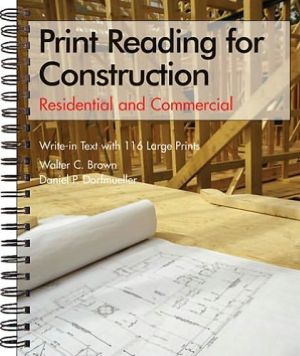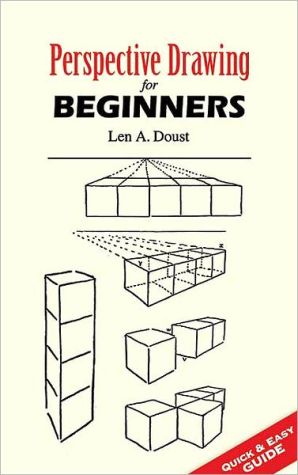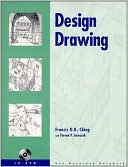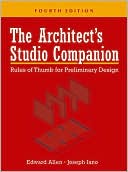Earthquake-Resistant Structures: Design, Build and Retrofit
Earthquake engineering is the ultimate challenge for structural engineers. Even if natural phenomena involve great uncertainties, structural engineers need to design buildings, bridges, and dams capable of resisting the destructive forces produced by them. These disasters have created a new awareness about the disaster preparedness and mitigation. Before a building, utility system, or transportation structure is built, engineers spend a great deal of time analyzing those structures to make...
Search in google:
Earthquake engineering is the ultimate challenge for structural engineers. Even if natural phenomena involve great uncertainties, structural engineers need to design buildings, bridges, and dams capable of resisting the destructive forces produced by them. These disasters have created a new awareness about the disaster preparedness and mitigation. Before a building, utility system, or transportation structure is built, engineers spend a great deal of time analyzing those structures to make sure they will perform reliably under seismic and other loads. The purpose of this book is to provide structural engineers with tools and information to improve current building and bridge design and construction practices and enhance their sustainability during and after seismic events. In this book, Khan explains the latest theory, design applications and Code Provisions. Earthquake-Resistant Structures features seismic design and retrofitting techniques for low and high raise buildings, single and multi-span bridges, dams and nuclear facilities. The author also compares and contrasts various seismic resistant techniques in USA, Russia, Japan, Turkey, India, China, New Zealand, and Pakistan.Written by a world renowned author and educator Seismic design and retrofitting techniques for all structures Tools improve current building and bridge designs Latest methods for building earthquake-resistant structures Combines physical and geophysical science with structural engineering
Part One: Seismology and Seismicity Chapter 1 History and Classification of Earthquakes, Chapter 2 Common Features between Recurring Earthquakes Chapter 3 Study of Indian Ocean Tsunamis and the Pacific Tsunamis Chapter 4 Local Seismicity, Fault Locations, Tectonic Plate Movements Part Two: Foundation Types and Reactions Chapter 5 Standard Formulae for Soil Science Chapter 6 Foundation Vibrations Chapter 7 Foundation Types Part Three: Design and Retrofit of Structures Chapter 8 Rise and High Rise Buildings Chapter 9 Single and Multi-span Bridges Chapter 10 Dams and Nuclear Facilities Chapter 11 Seismic Design & Retrofit Techniques Chapter 12 Preservation of Heritage Buildings by Strengthening Chapter 13 Tensile Strength of Existing Masonry Buildings Improvement Part Four: Strategies for Resisting Earthquakes Chapter 14 Compliance with Construction Codes Chapter 15 Seismic Resistant Techniques in USA, Russia and Japan Chapter 16 Hot and Cold Weather Concreting Techniques Chapter 17 Strapping and Tying Footings Chapter 18 Developing Local and New Lightweight Materials, LYTAG, FRP and FERROCEMENT Chapter 19 Innovative Segmental and Precast Concrete Construction Chapter 20 Use of Integral Abutment Bridge Frames Appendices Appendix 1 Seismic Maps and Zoning








